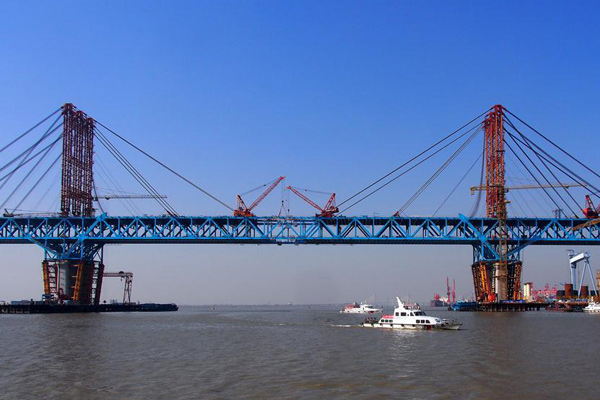Losing weight will be next vehicle advance
(Agencies) Updated: 2013-03-21 18:14LONDON - Cutting vehicle weight may be the next main advance in reducing the financial and environmental cost of motoring.
Until now carmakers have met a trend towards tougher fuel economy standards worldwide by reducing engine sizes and introducing technology for example to cut motors when a car is idling.
In the next step up, choices include electric and hybrid power technologies but these add thousands of dollars to the upfront cost of a vehicle.
By contrast, recent US studies have shown that cutting vehicle weight can improve efficiency while reducing manufacturing costs, where the higher cost of lighter materials is offset by less bulk and lower labor costs.
That synergy was summed up by the International Council on Clean Transportation, a research group, in a report it published in January: "Summary of mass reduction impacts on EU cost curves".
"Since less energy is required to move a reduced mass, the vehicle engine can be downsized. Similarly, components such as the vehicle suspension, brakes, and body can be made smaller or lighter since they need not support the same mass or dissipate the same energy."
One hurdle to adoption in Europe has been a policy where carbon emissions reduction targets are assigned by weight, applying more ambitious cuts to lighter vehicles, potentially wiping out the benefit towards meeting targets from shedding pounds.
That is changing, slowly.
One alternative is to classify cars by the area they physically cover, which would allow manufacturers to maintain their diversity of models while capturing the benefit of lighter materials.
A panel of European Parliament lawmakers on Tuesday approved a choice of footprint or weight parameters from 2020, giving manufacturers a choice in how they apply targets. That contrasts with the European Commission which has proposed a review of a footprint approach after 2020.
Options
The US Environmental Protection Agency has commissioned various studies to measure the incremental manufacturing cost of reducing vehicle weight.
For example, FEV Inc, a designer of conventional and alternative transportation energy systems, undertook a so-called teardown analysis of a 2010 Toyota Venza for a study, "Light-Duty Vehicle Mass Reduction and Cost Analysis - Midsize Crossover Utility Vehicle", published last August.
The Venza was chosen as an example of a new model which was typical of the crossover utility type and with the latest safety aspects.
The analysis involved tearing apart a vehicle to its individual components and then estimating the incremental manufacturing cost of substituting these for lighter alternatives.
The original weight of the vehicle was 1,711 kilograms and the target for mass reduction in the analysis was 20 percent, or 342 kg.
The purchase price of the vehicle was $25,063 and the estimated direct manufacturing cost was $16,709.
The FEV study concluded that the optimum mass reduction was 312.48 kg, or just under a fifth of the total vehicle weight, because that could be met with a manufacturing cost saving of $148.06.
It found that costs turned positive for greater weight reductions.
- IEA leader acknowledges China's achievements in clean energy
- Bank of China, Budapest Stock Exchange sign cooperation accord
- Guizhou to close 120 coal mines in 2017
- Rio Tinto sells mines to China's Yancoal
- SUVs, minivans set to scorch Chinese roads
- China's BYD makes UCI first US campus to convert buses to all-electric fleet
- China committed to Asia-Pacific economic integration process: FM spokesperson
- Corporate performance reveals positive changes in Chinese economy

















